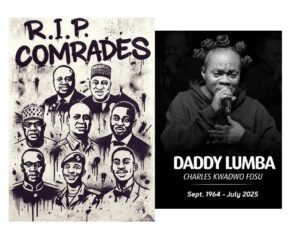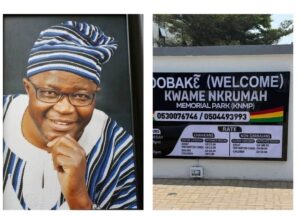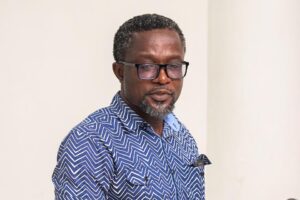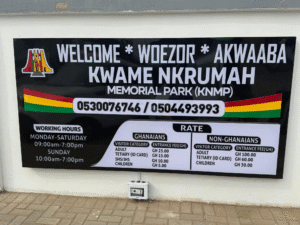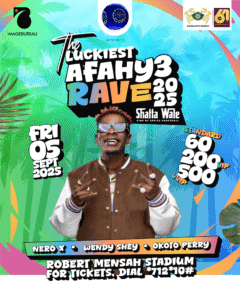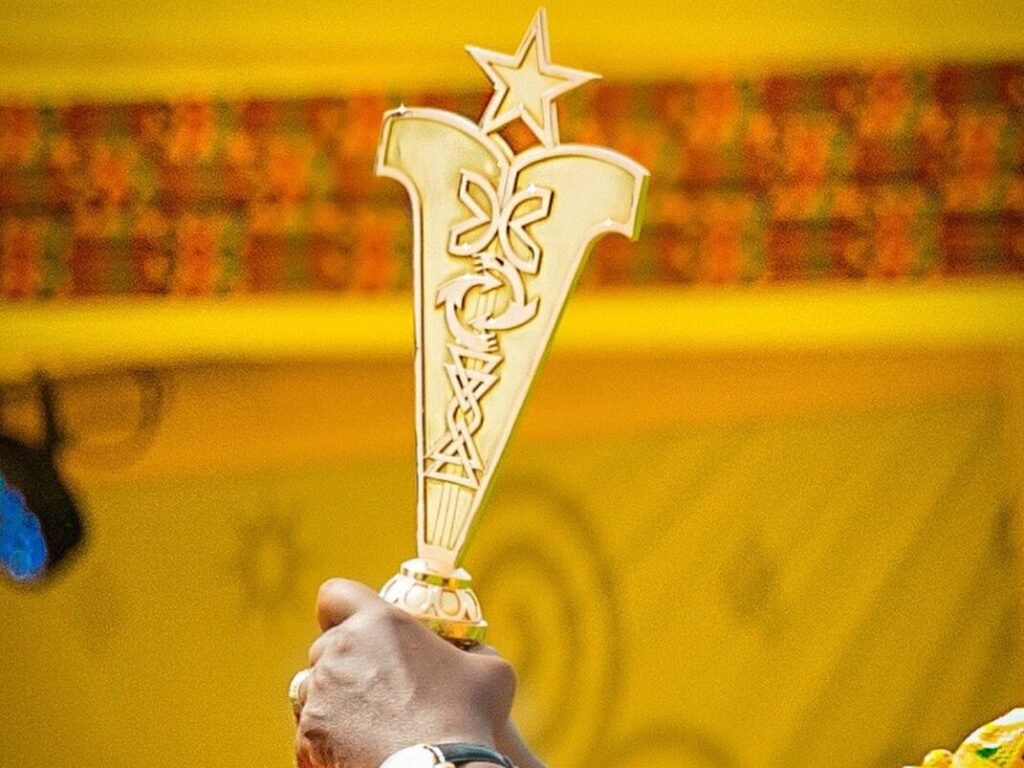
The Akɔfowa-nta Adinkra. Image Credit: Manuel Photography.
The State Sword of Ghana is more than just a ceremonial object; it is a symbol of authority and leadership. Used during important events such as the swearing-in of presidents, it represents the continuity of Ghana’s rich cultural heritage. One striking feature of the sword is the presence of Adinkra symbols, traditional Ghanaian symbols that carry deep meanings and wisdom. These symbols, carefully crafted onto the sword, with the sword itself being an Adinkra symbol, tell a story of power, unity, and responsibility. This article explores the history of the State Sword, its significance in Ghana’s governance, and the messages behind the Adinkra symbols it proudly bears.
Adinkra symbols, originating from the Akan people of Ghana, are a rich visual communication that convey profound philosophical messages, values, and cultural beliefs. Each symbol represents a concept that is often tied to wisdom, leadership, resilience, or the interconnectedness of life. These symbols are used in textiles, architecture, and art to tell stories, share history, and express identity.

The State Sword, as used during the swearing-in of presidents has a history that is worth telling. As stated in the 2nd July, 1960 edition of the Daily Graphic (Page 3), the Sword of State is regarded as a symbol of Presidential authority which was first held by the then President, Dr. Kwame Nkrumah when he took the Oath of State at his inauguration. It is also carried before him when he attends the National Assembly for the State opening of Parliament on Monday, 4th July, 1960 (Yorke et al., 2017).
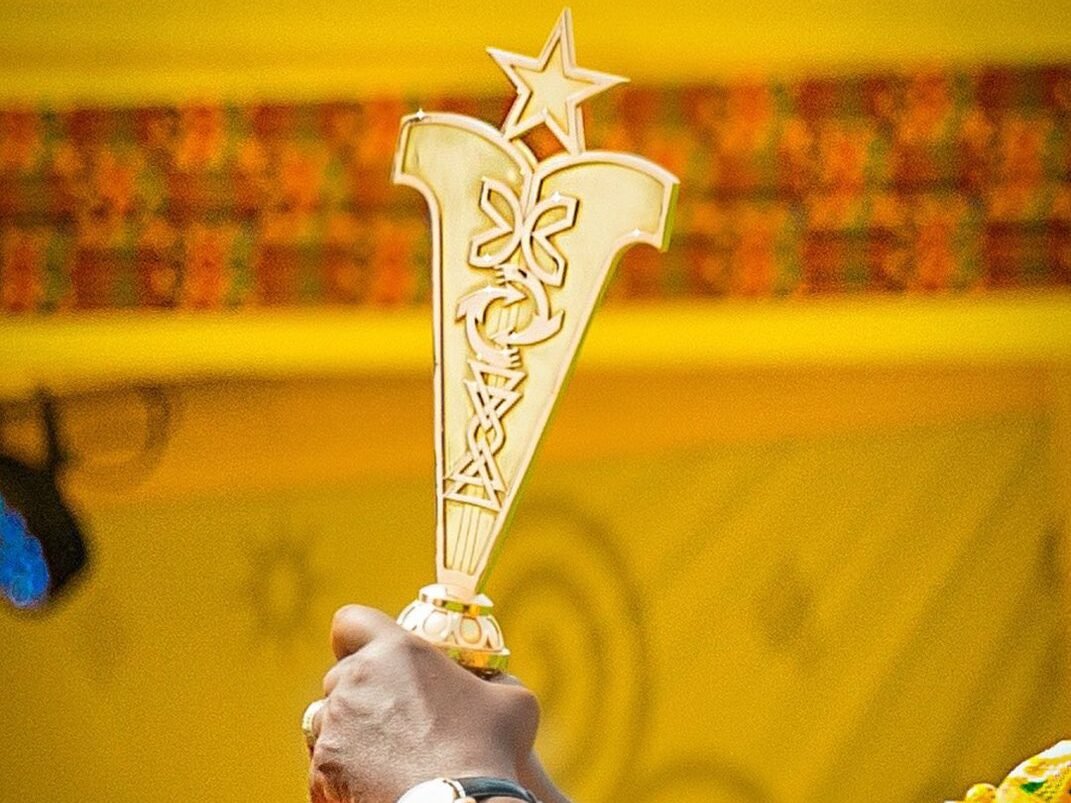
After the innauguration of Ghana’s President H.E. John Dramani Mahama, there has been a widespread of ideas regarding the exact components of the State Sword as to whether it is really made of pure gold on not. The State Sword is made of solid gold, and is modeled after the double-bladed Afena-nta (meaning twin/double bladed royal cutlass in Akan culture), a traditional symbol representing inter-state peace (Longdon, 1960; Abbey, 2008). Indeed, it is no surprising that the Sword is made of pure gold amidst Ghana’s rich gold history.

Although the State Sword is historically associated with its official use by Ghana’s first president, Dr. Kwame Nkrumah, Abbey (2008) notes that it was first carried by Mr. E. C. Quaye, then Chairman of the Accra Municipal Council, on July 1, 1960. Dressed in a special Roman-style uniform designed by Kofi Antubam, Mr. Quaye also bore the Sword on July 4, 1960, leading the presidential procession in and out of the National Assembly during the first State Opening of Parliament (Yorke et al., 2017).

Now, let’s focus on the main purpose of this article: decoding the Adinkra symbols on the State Sword. The first important symbol is the Afena-nta (or Akɔfena-nta), which is actually the design of the sword itself. In Akan culture, Afena-nta refers to a double-bladed royal cutlass, a symbol of strength and power. It translates to ‘Sword of war,’ representing heroism, valor, and courage.
The use of this symbol on the State Sword is significant during presidential inaugurations. By carrying the sword, the newly sworn-in president is not just holding a piece of history but also symbolizing their commitment to lead with bravery and strength. It communicates to the people that the president is ready to face challenges, defend the nation, and act with courage, just like a warrior leading the country.

The next Adinkra symbol found on the State Sword is ‘Nsoroma,’ which means ‘Star.’ In Akan culture, the Star symbolizes God’s guardianship and the way He watches over all beings. This powerful symbol represents divine protection and guidance.
During Ghana’s presidential inauguration, the presence of the Nsoroma symbol on the State Sword sends a strong message. It signifies that the new president is under the watchful eyes of God and is guided by divine wisdom as they take on the heavy responsibility of leading the nation. The Star represents hope, direction, and protection, reminding the president and the people that the leadership is not only earthly but also spiritually supported. This symbol reassures the nation that, with God’s guidance, the president will be able to lead with integrity and wisdom.
For a country like Ghana, which has a history with the star symbol, especially seen in her flags representing the hope of Africa, the Nsoroma (Star) on the State Sword carries an even deeper meaning. It reaffirms to both the African continent and the world that Ghana continues to stand as ‘The Hope of Africa.’ The Star on the sword is a reminder that Ghana’s leadership is not only for the nation but also plays a significant role in inspiring hope, unity, and progress across Africa.

The next Adinkra symbol on the State Sword is ‘Fawohodie’ (or ‘Fahodzi’), which translates to ‘Freedom’ in English. This symbol represents freedom and independence and is deeply rooted in the Akan proverb “Fahodzi nye ɔberɛ na wɔnam,” meaning “independence comes with its responsibilities.” As a country that proudly stands as a beacon of freedom and justice, reflected in the motto of Ghana’s Coat of Arms, it is no surprise that this symbol is found on the State Sword.
During the presidential inauguration, the presence of Fawohodie on the sword reinforces the significance of the president’s role in upholding the values of liberty, justice, and responsibility. It serves as a reminder to the newly inaugurated president and the nation that leadership comes with the duty to protect and preserve the freedoms and rights of all citizens.

In addition to the previous symbols, the State Sword also features the ‘Bi Nka/Nnka Bi’ Adinkra symbol, which translates to ‘One does not need to bite the other.’ The symbol is inspired by two fish biting each other’s tails and represents peace and harmony, encouraging people to live peacefully with one another.
During the presidential inauguration, the presence of this symbol on the State Sword highlights the importance of unity and peaceful coexistence in the country. It serves as a reminder to the newly inaugurated president and the nation that leadership should promote reconciliation, collaboration, and harmony, ensuring that all citizens live together in peace and mutual respect.

The final symbol on the State Sword is one that may seem complex but closely resembles the Adinkra symbol ‘Boa me na me mmoa/momboa wo,’ which translates to ‘Help me and let me help you.’ This symbol appears on the sword in double folds, symbolizing cooperation and interdependence.
During the presidential inauguration, the inclusion of this symbol on the State Sword emphasizes the importance of unity and collaboration in governance. It serves as a reminder to the newly inaugurated president that effective leadership relies on mutual support and teamwork, both within the government and with the citizens. It supports the idea that progress and success are achieved when everyone works together for the common good of the nation.
The State Sword of Ghana is not just a ceremonial object but a powerful symbol of leadership, unity, and responsibility. The Adinkra symbols on the sword, such as Afena-nta, Nsoroma, Fawohodie, Bi Nka/Nnka Bi, and Boa me na me mmoa, carry significant meanings that reflect the values and ideals Ghana holds dear. As the president takes the oath, the sword becomes a symbol of the nation’s collective aspirations and the guiding principles that will shape the future of Ghana.
REFERENCES
Abbey, H. N. (2008). Kofi Antubam and the myth around Ghana’s presidential seat. Accra: Studio Brains Communications.
Longdon, J. E. (1960). Ghana Adehyeman. Accra: Bureau of Ghana Languages.
The Daily Graphic. (1960, July 2). State Sword. The Daily Graphic, p. 3.
Yorke, J. O., deGraft-Yankson, P., Essuman, J., & Amissah, E. K. (2017). Ghana’s presidential seats and Sword of State: Aesthetic manifestation of Kwame Nkrumah’s cultural policy on Ghana’s political culture. Journal of Literature and Art Studies, 7(12), 1604–1624.
Editor: Ama Gyesiwaa Quansah
